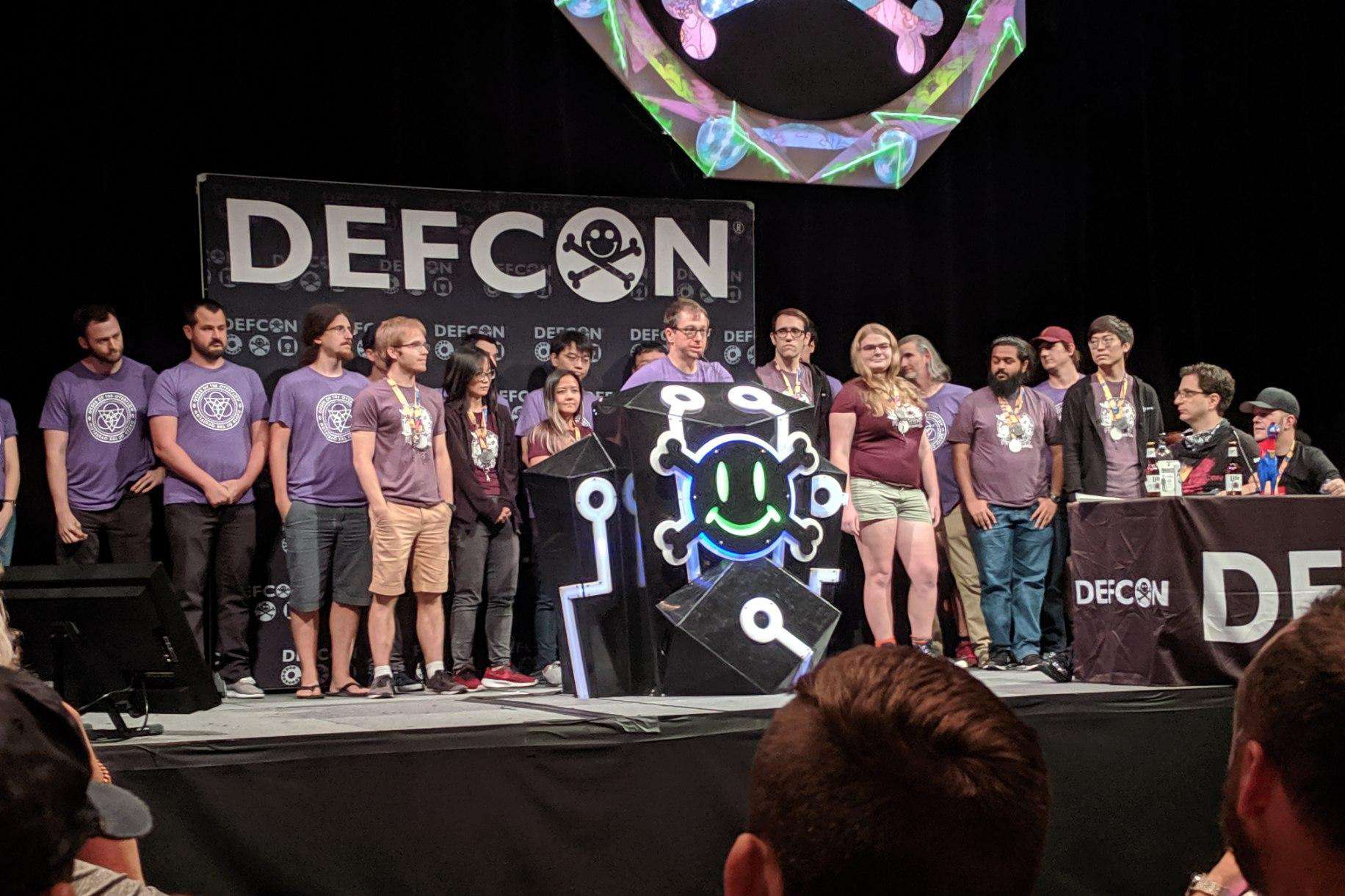
Exploring the Intersection of AI and Cybersecurity: Highlights from DefCon 31

Recently, I had the incredible opportunity to attend DefCon 31, the annual security conference held in Las Vegas. With attendees hailing from around the globe, DefCon serves as a vibrant hub for knowledge-sharing and collaboration within the cybersecurity domain. This year, my focus was on delving into the innovative ways in which security experts are leveraging artificial intelligence (AI), Large Language Models (LLMs), and machine learning to enhance their practices.
Here are some of my notes from the conference:
A Global Gathering of Security Enthusiasts and AI's Transformative Role:
DefCon draws tens of thousands of professionals, researchers, and enthusiasts who unite to discuss the latest advancements in security. This convergence of diverse minds creates an environment conducive to exploring cutting-edge approaches and strategies.
One of my primary objectives at DefCon was to understand how AI and LLMs are being integrated into the realm of cybersecurity. The conference revealed the remarkable ways in which these technologies are reshaping security practices.
The AI Village: A Nexus of Learning:
DefCon featured a dedicated "village" exclusively focused on AI. This space became a focal point for enthusiasts seeking to delve deeper into AI's role in cybersecurity. Despite the immense interest, the demand surpassed expectations, resulting in long wait times for sessions. The overwhelming response highlighted the urgency for more comprehensive planning to accommodate the burgeoning interest in AI.
While the enthusiasm for AI integration was evident, it was clear that DefCon organizers hadn't fully anticipated the fervor surrounding AI. The long lines and limited seating for AI-related talks illustrated the tremendous appetite for knowledge in this field. This unforeseen demand serves as a valuable lesson for future iterations of the conference.
The Broad Set of Use Cases:
There were a large number of topics this year that were either in direct relation or at least tangential to AI, which shows the massive breadth that currently exists for the field of which will undoubtedly continue to grow into the future.
One intriguing topic largely presented at the conference was the utilization of LLMs to automate red team and penetration testing activities. Experts showcased how AI-driven tools are streamlining complex tasks and enhancing efficiency, while also illustrating the shortcomings of using LLMs for some of the desired tasks, as they are simply not designed to specialize in something like fully autonomous penetration testing. Fully integrated persistent memory and large dynamic datasets were called out as being some of the biggest challenges.
Another interesting angle was how to handle the security of your company when utilizing LLMs. One idea being how to prevent security breaches when employing untrusted models from the internet, and another widespread problem is how to ensure sensitive information isn’t being leaked via the usage of using public tools. Through this attendees gained insights into strategies for maintaining data integrity and protecting sensitive information while leveraging external AI resources.
The final and captivating highlight was the Capture the Flag event, where hackers engaged in a spirited competition to exploit various LLMs. They were tasked with having LLMs give false information on political, scientific or ethical reasoning. This exercise not only showcased the ingenuity of participants but also underscored the significance of robust security measures for AI systems. The top performers in identifying vulnerabilities were rewarded with powerful GPUs, reinforcing the importance of proactive security practices.
Conclusion:
My experience at DefCon 31 illuminated the dynamic synergy between AI and cybersecurity. The conference showcased the innovative strides made in leveraging AI and LLMs to strengthen security practices. From automated testing to safeguarding against threats, the intersection of these technologies promises transformative potential for the industry. While DefCon encountered challenges in meeting the intense demand for AI-focused content, this underscores the urgency to proactively prepare for the continued growth of this field. As we look ahead, it's clear that AI's influence in cybersecurity is set to rise, and DefCon's future iterations are poised to embrace and harness this evolution.